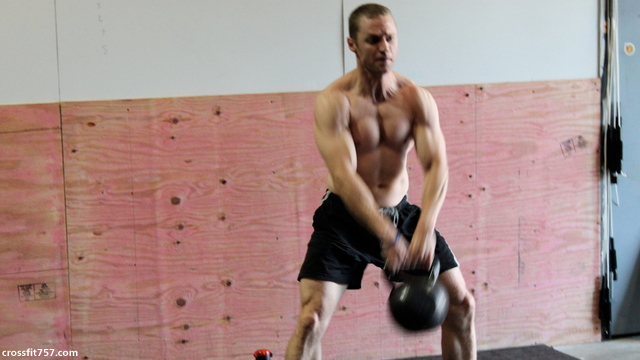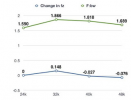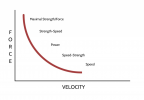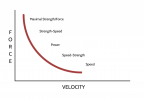silveraw
Level 9 Valued Member
The newsletter has had some awesome nuggets lately. I love seeing the classic strength sports content. Mark Valenti did a great job with this newsletter.
The latest newsletter covering using the standard barbell SFL lifts for highland games was a great article. But I am wondering the programming for adding explosive work to the RELOAD blueprint as suggested.
The recommendation for explosive work is 40-50% of max for explosive triples working up to 9-10 sets.
My question is how to program. Is the recommendation to just do blocks of 1 cycle straight RELOAD followed by 4-6 weeks of explosive training? Do you do RELOAD and replace some of the SV lifts with explosive work? Or is the best option to do RELOAD with a minimal template and do explosive work on other days?
From stuff that @Kenny Croxdale has posted I'd lean towards the second option. Do the main lift, followed by explosive SV work with some higher rep accessory work at the end. Eg. Squat 5/5, explosive front squat 3/4-9, followed by some "bodybuilder" stuff.
I've also seen the newish Tactical Barbell Concurrent template where it is rotating SBD lifts. Day 1 is Squat with strength focus, bench with explosive, light deadlifts for higher reps. Day 2: Bench strength focus, deadlift explosive, squat bodybuilding style. Day 3: Deadlift strength, squat explosive, bench bodybuilding. I haven't seen much feedback from that approach. And from what I've read, doing explosive work not directly tied to the strength work loses some of its benefits. But I have limited exposure to that type of training.
Any highland games/ strongman folks, I'd love to hear your ideas and approaches on applying SF to those sports.
The latest newsletter covering using the standard barbell SFL lifts for highland games was a great article. But I am wondering the programming for adding explosive work to the RELOAD blueprint as suggested.
The recommendation for explosive work is 40-50% of max for explosive triples working up to 9-10 sets.
My question is how to program. Is the recommendation to just do blocks of 1 cycle straight RELOAD followed by 4-6 weeks of explosive training? Do you do RELOAD and replace some of the SV lifts with explosive work? Or is the best option to do RELOAD with a minimal template and do explosive work on other days?
From stuff that @Kenny Croxdale has posted I'd lean towards the second option. Do the main lift, followed by explosive SV work with some higher rep accessory work at the end. Eg. Squat 5/5, explosive front squat 3/4-9, followed by some "bodybuilder" stuff.
I've also seen the newish Tactical Barbell Concurrent template where it is rotating SBD lifts. Day 1 is Squat with strength focus, bench with explosive, light deadlifts for higher reps. Day 2: Bench strength focus, deadlift explosive, squat bodybuilding style. Day 3: Deadlift strength, squat explosive, bench bodybuilding. I haven't seen much feedback from that approach. And from what I've read, doing explosive work not directly tied to the strength work loses some of its benefits. But I have limited exposure to that type of training.
Any highland games/ strongman folks, I'd love to hear your ideas and approaches on applying SF to those sports.




